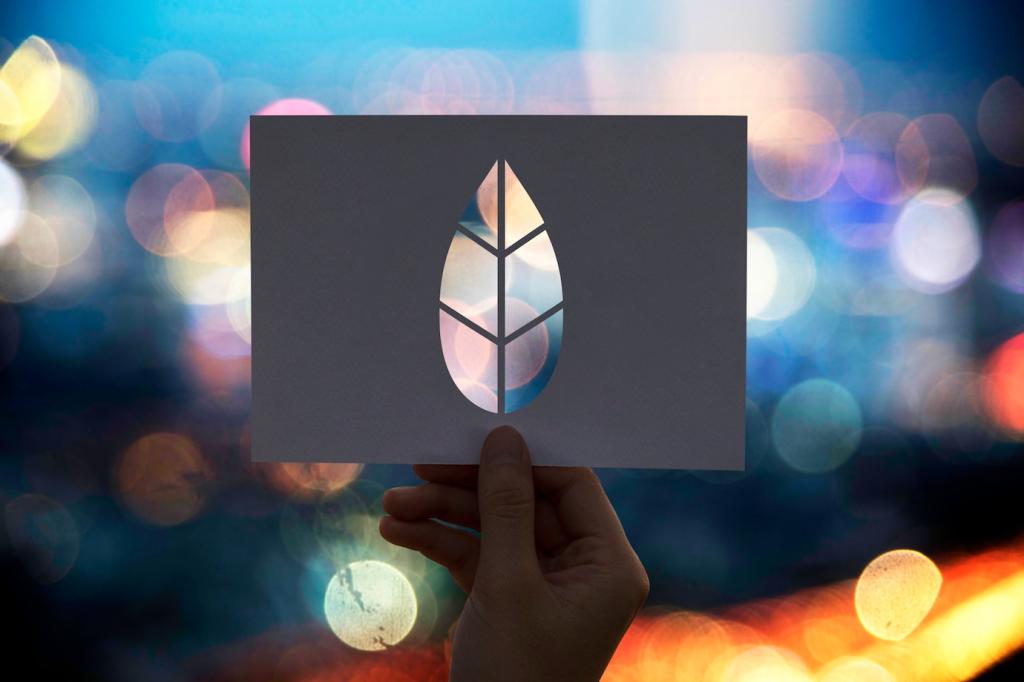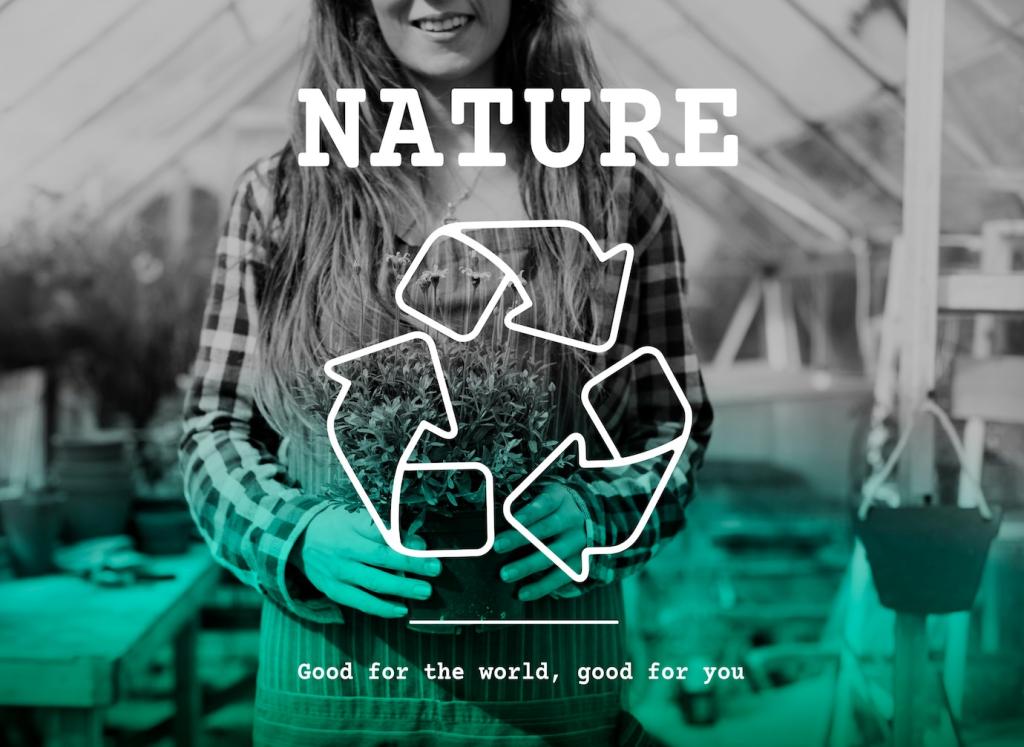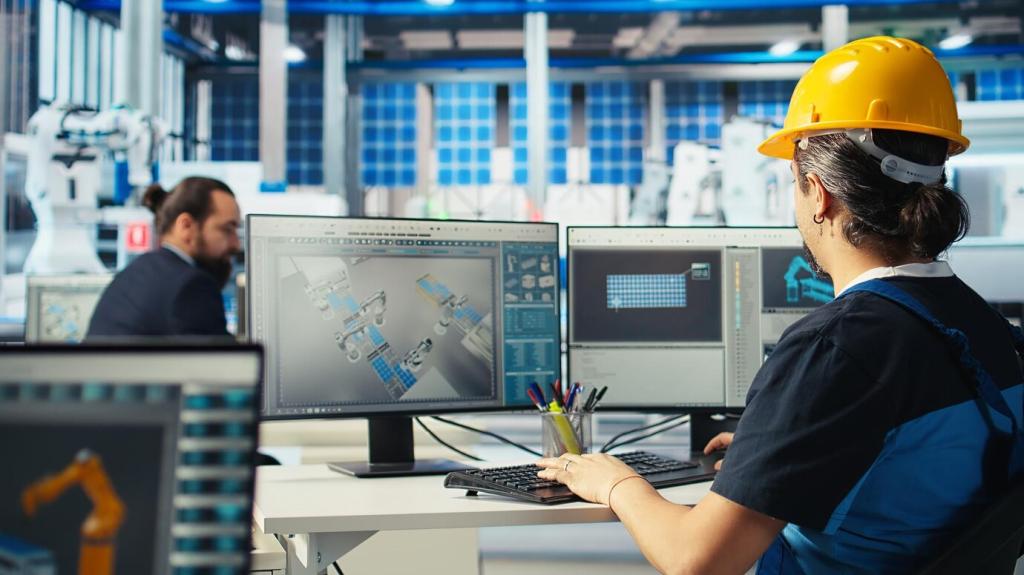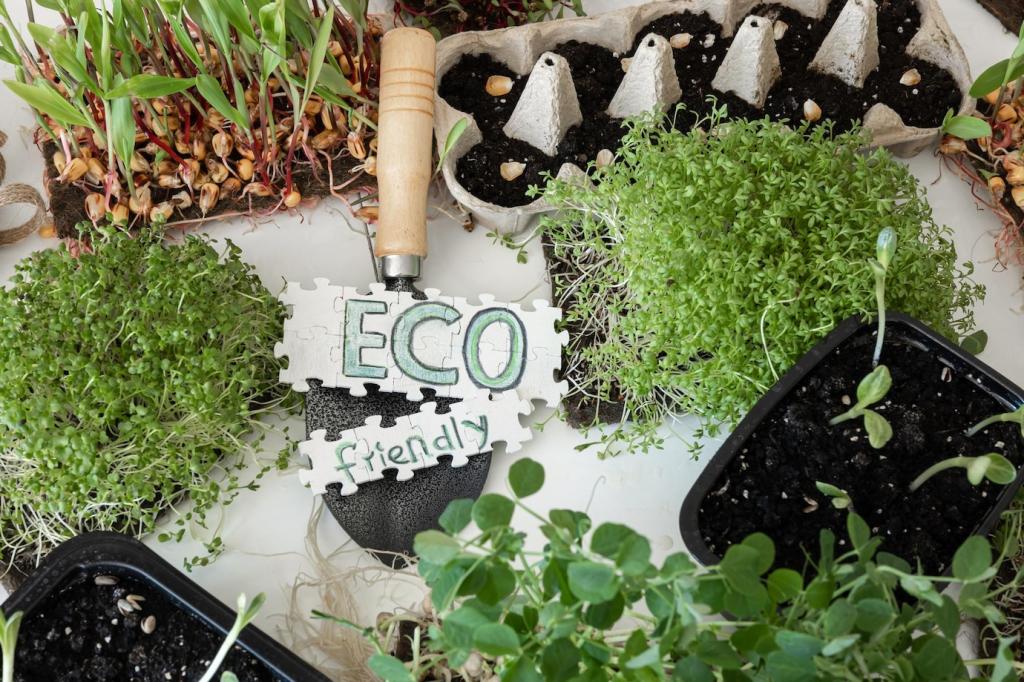
Chosen Theme: The Impact of Indoor Plants on Sustainable Design
Indoor plants are not just decor—they are living systems that can support healthier, more resource-efficient buildings. Explore practical strategies, honest data, and inspiring stories that show how green life elevates sustainable design. Join the conversation, subscribe for fresh insights, and help us cultivate resilient spaces together.

Why Plants Matter Beyond Aesthetics
Plants provide multisensory cues—color, texture, movement—that lower stress and support attention restoration. In sustainable design, this translates to fewer environmental distractions, gentler lighting needs, and more adaptive, user-centered spaces people actually want to occupy.

Air Quality, Naturally Supported
While ventilation does the heavy lifting, research shows certain plants can modestly reduce some indoor pollutants under specific conditions. Pairing diverse species with good airflow and low-emitting materials can meaningfully support healthier indoor air strategies.
Selecting Plant Species With Purpose
01
Low-Light, Low-Input Champions
Snake plants, ZZ plants, and pothos tolerate lower light and irregular watering, limiting resource use and replacement cycles. Start with pilot clusters, track performance, and scale only what survives your real conditions and occupancy rhythms.
02
Edible and Functional Greenery
Herbs like mint, basil, and rosemary add sensory richness and encourage engagement. Small citrus or chili peppers can spark stewardship rituals, reinforcing community care while providing micro-harvests that connect culture, nutrition, and design.
03
Native-Inspired Palettes for Indoors
When possible, select species or cultivars related to regional ecologies to reduce pest pressure and align with local knowledge. Consult nearby horticultural societies to match plants with realistic indoor microclimates and seasonal daylight shifts.

Circular Pots and Soil Choices
Opt for recycled plastic, terracotta, or upcycled containers, and peat-free substrates enriched with compost. Label each plant’s mix recipe to standardize refills, reduce waste, and document performance for future projects and clients.

Smarter Water Use
Use self-watering planters, moisture meters, and grouped watering schedules to minimize waste. Capture dehumidifier condensate where permitted, and trial capillary mats for consistent moisture without daily attention or overwatering risks.

Propagation, Sharing, and Waste Reduction
Schedule quarterly pruning and propagation days to generate new plants from cuttings. Host swap tables, compost trimmings, and record survival rates to drive continuous improvement and keep inventories lean and purposeful.
Living Walls vs. Modular Planters
Living walls deliver visual impact and acoustic diffusion but require robust irrigation and maintenance. Modular planters scale more flexibly, fit phased budgets, and allow iterative learning before committing to large, permanent installations.
Daylight, Glare, and Shade
Use foliage to soften glare near reflective surfaces and screens. Tall species can temper solar gain at windows, complementing shading devices and reducing cooling loads while enhancing visual comfort across diverse workstations.
Acoustic Benefits and Space Zoning
Layered planting acts as a gentle sound baffle, defining zones without hard partitions. Combine leaf density, planter height, and soft materials to tame echoes and create calm collaboration areas that encourage focused dialogue.

Stories From Real Spaces
The Quiet Office Turnaround
A mid-size studio introduced planter clusters near open desks and phone booths. Staff reported fewer headaches, softer noise, and better focus. Facilities tracked reduced complaints, and the team requested a care rota to participate.
A Small Apartment’s Summer
A renter arranged tall palms by west-facing windows, cutting late-afternoon glare and perceived heat. Fans ran slower, comfort improved, and evening reading returned. Share your small-space hacks so others can replicate low-energy wins.
A Classroom’s Living Lab
Students monitored soil moisture and CO2, adjusting watering and window use. Attendance steadied, and one shy student led a propagation demo. Tell us how plants changed your learning or working space—we’ll feature standout stories.


Measuring Impact and Reporting
Log CO2, PM2.5, VOC trends, temperature, and relative humidity. Layer pulse surveys on stress, focus, and satisfaction. Correlate results with placement changes to fine-tune plant density and maintenance schedules over time.
Measuring Impact and Reporting
Map plant strategies to LEED, WELL, and Fitwel intentions, such as biophilia, materials, and comfort. Documentation of occupant feedback, maintenance protocols, and measured outcomes strengthens credits and informs future project playbooks.



